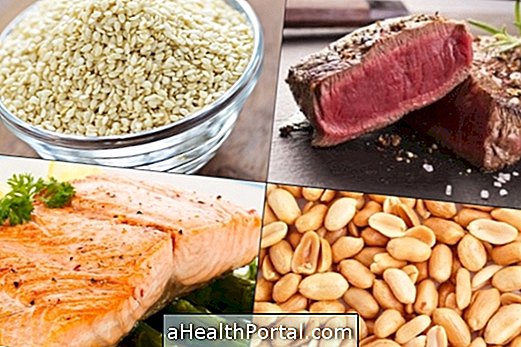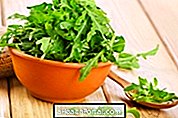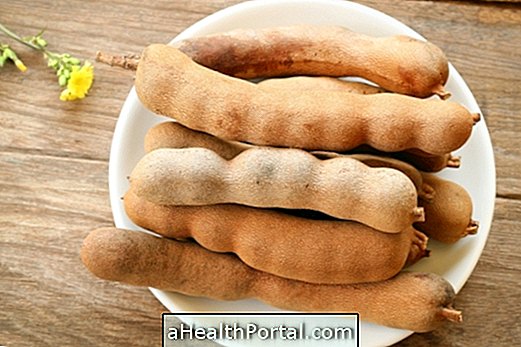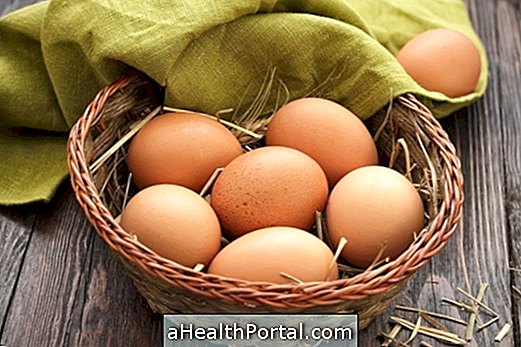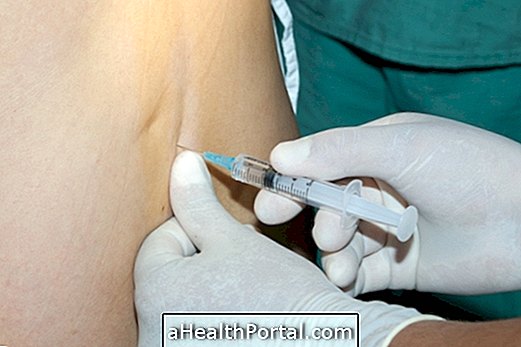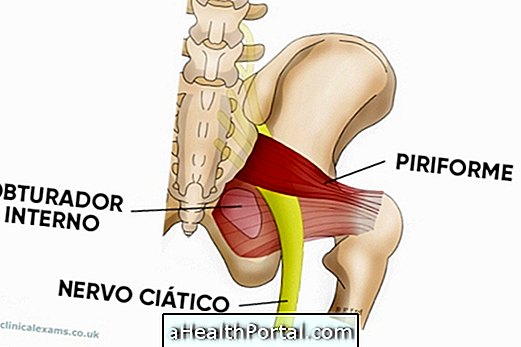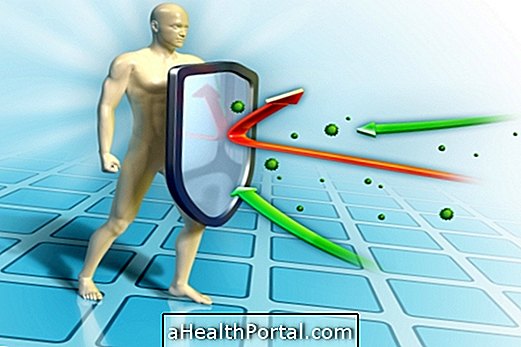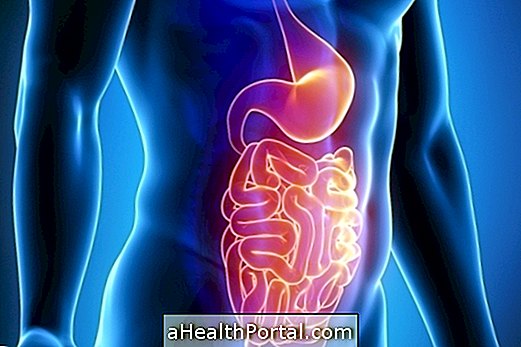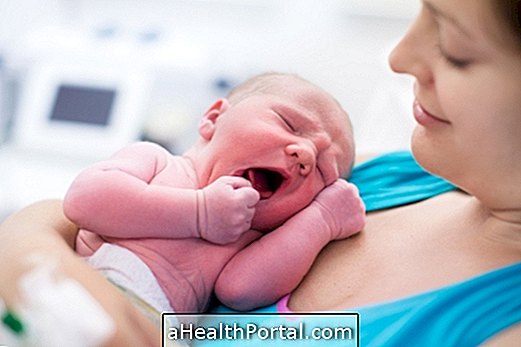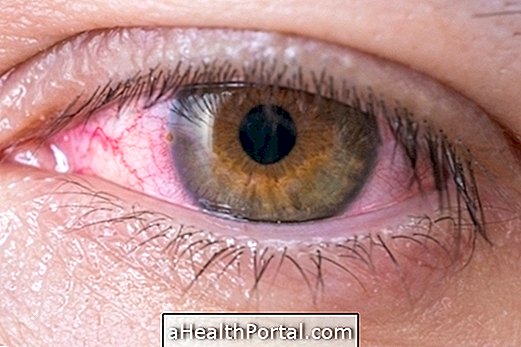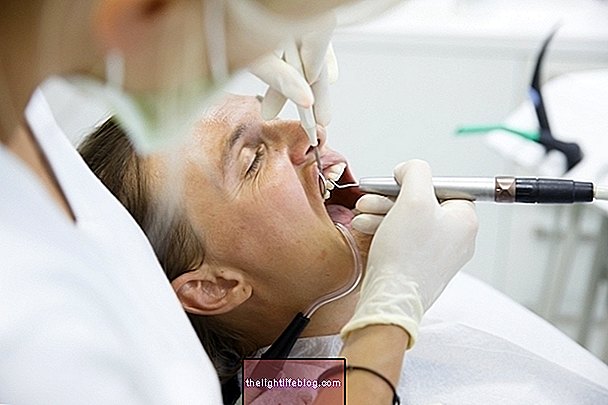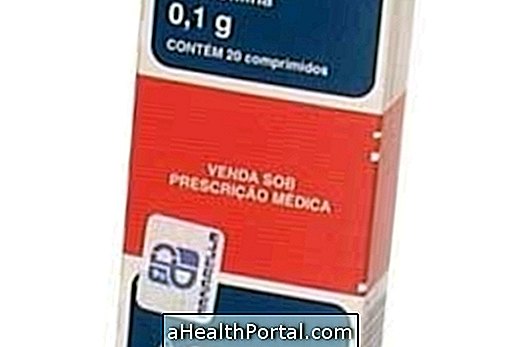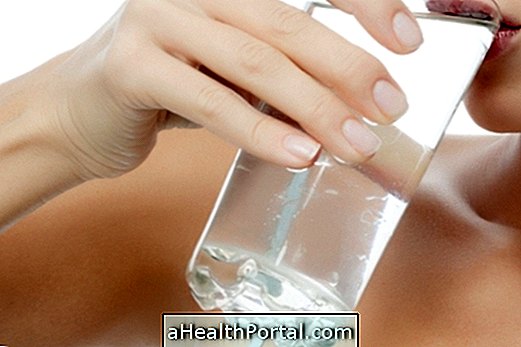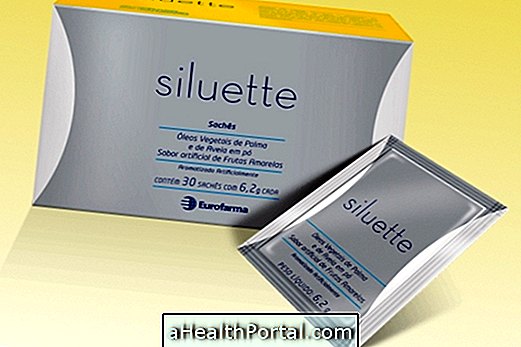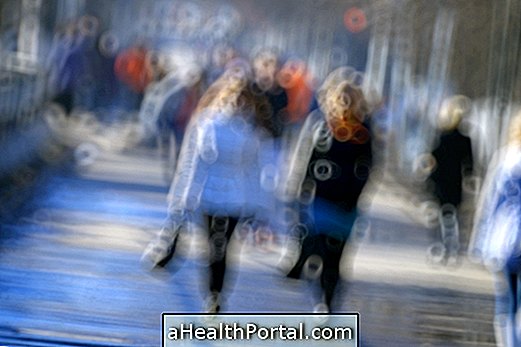After the gallbladder removal surgery, it is very important to eat a low-fat diet, avoiding foods such as red meat, bacon, sausage and fried foods in general. Over time, the body becomes accustomed to the removal of the gallbladder and, therefore, it is possible to return to normal eating, but always without overdoing the fat intake.
The gallbladder is an organ that is located on the right side of the liver and has the function of storing bile, a liquid that helps digest the fats in the food. So, soon after surgery, fat digestion becomes more difficult and it is necessary to modify the diet to avoid symptoms such as nausea, pain and diarrhea, helping the bowel to function well without the gallbladder.
See the video of our nutritionist's tips on what to eat:

What to eat after removing the gallbladder
After the gallbladder removal surgery, preference should be given to foods such as:
- Lean meats such as fish, skinless chicken and turkey;
- Fruit other than avocados and coconuts;
- Cooked vegetables ;
- Whole grains such as oats, rice, bread and pasta;
- Skimmed milk and yogurt ;
- White cheeses such as ricotta, cottage and frescal mines, in addition to light curd.
Eating properly after surgery also helps reduce physical pain and discomfort, as well as facilitating the adaptation of the body without the gallbladder. This high-fiber diet will also help keep diarrhea in check and will prevent constipation, but it is normal to have a lazy bowel in the first few days. In case of persistent diarrhea, prefer simple foods such as white rice, chicken and cooked vegetables, and with few seasonings. See more tips on what to eat in diarrhea.

What to avoid after removing the gallbladder
After the removal of the gallbladder, red meat, bacon, guts, liver, gizzards, heart, sausage, sausage, ham, canned meat, canned fish in oil, milk and whole grains, curd, butter, coconut, peanut, ice cream, cakes, pizza, fast food sandwiches, fried foods in general, high saturated fat industrialized products like stuffed crackers, packaged snacks and frozen ready meals. In addition to these foods, you should also avoid drinking alcohol.
How Digestion Works After Removing the Gallbladder
After the gallbladder removal surgery the body needs an adaptation period to relearn how to properly digest foods high in fat. At first, the person can lose weight due to changes in diet, which happens to be low in fat and rich in fruits, vegetables and whole foods. If this healthy diet is maintained, the weight loss can be definitive and the person starts to control body weight better.
However, gaining weight after removal of the gallbladder is also common, as the person no longer feels pain when eating and begins to eat in greater quantity. Also, re-consuming fat-rich foods frequently will also favor weight gain. See how the gallbladder surgery is done.
Diet menu after gallbladder removal
This 3-day menu is only a suggestion of what to eat after surgery, but it is helpful in guiding the patient in relation to their diet in the first few days after removal of the gallbladder.
| Day 1 | Day 2 | Day 3 | |
| Breakfast | 150 ml nonfat yogurt + 1 whole wheat bread | 240 ml skim milk + 1 brown bread with cottage cheese | 240 ml of skim milk + 5 whole-grain toast with ricotta |
| Morning snack | 200g of gelatin | 1 fruit (like pear) + 3 crackers of salt and water | 1 glass of fruit juice (150 ml) + 4 biscuits maria |
| Lunch dinner | Chicken soup or 130g cooked fish (like mackerel) + rice + cooked vegetables + 1 dessert fruit | 130 g of skinless chicken + 4 tablespoons of rice + 2 cabbage of beans + salad + 150g of dessert gelatine | 130 g grilled fish + 2 medium cooked potatoes + vegetables + 1 small bowl of fruit salad |
| Afternoon snack | 240 ml of skim milk + 4 whole-grain toast or maria biscuits | 1 glass of fruit juice (150 ml) + 4 whole-fruit toast with fruit jelly | 150 ml nonfat yogurt + 1 whole wheat bread |
As digestion improves with recovery from surgery, dietary fats, especially those rich in good fats such as chia, linseed, nuts, peanuts, salmon, tuna, and olive oil, should be slowly introduced into the diet. of olive. In general, it is possible to have a normal diet a few months after the surgery.

